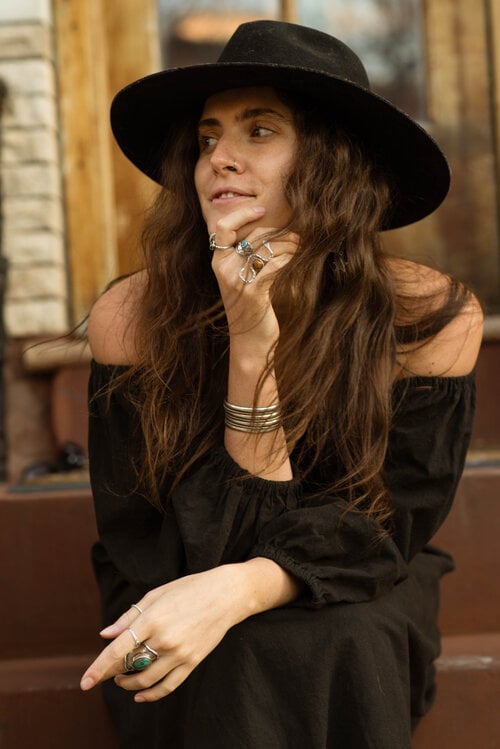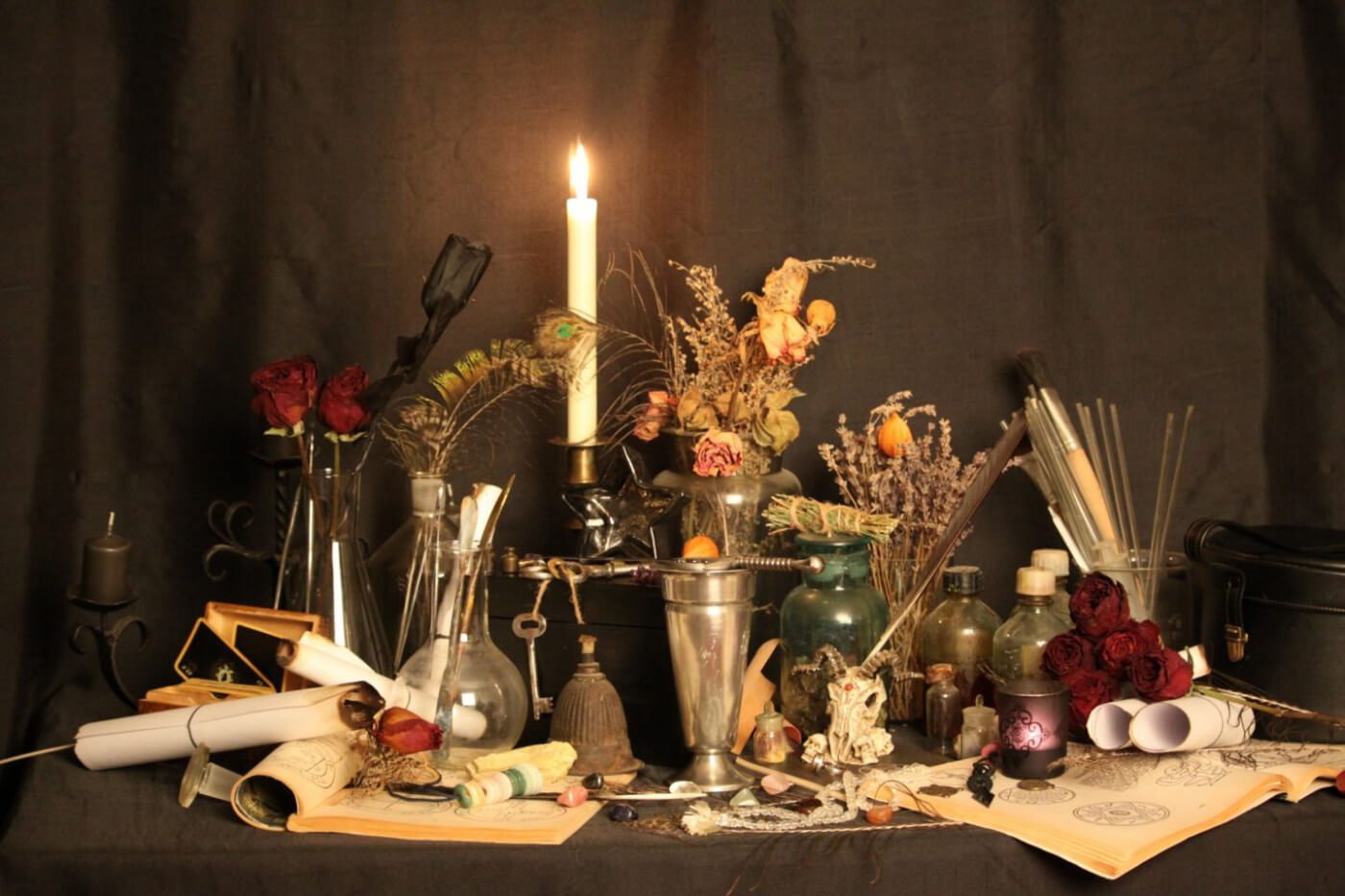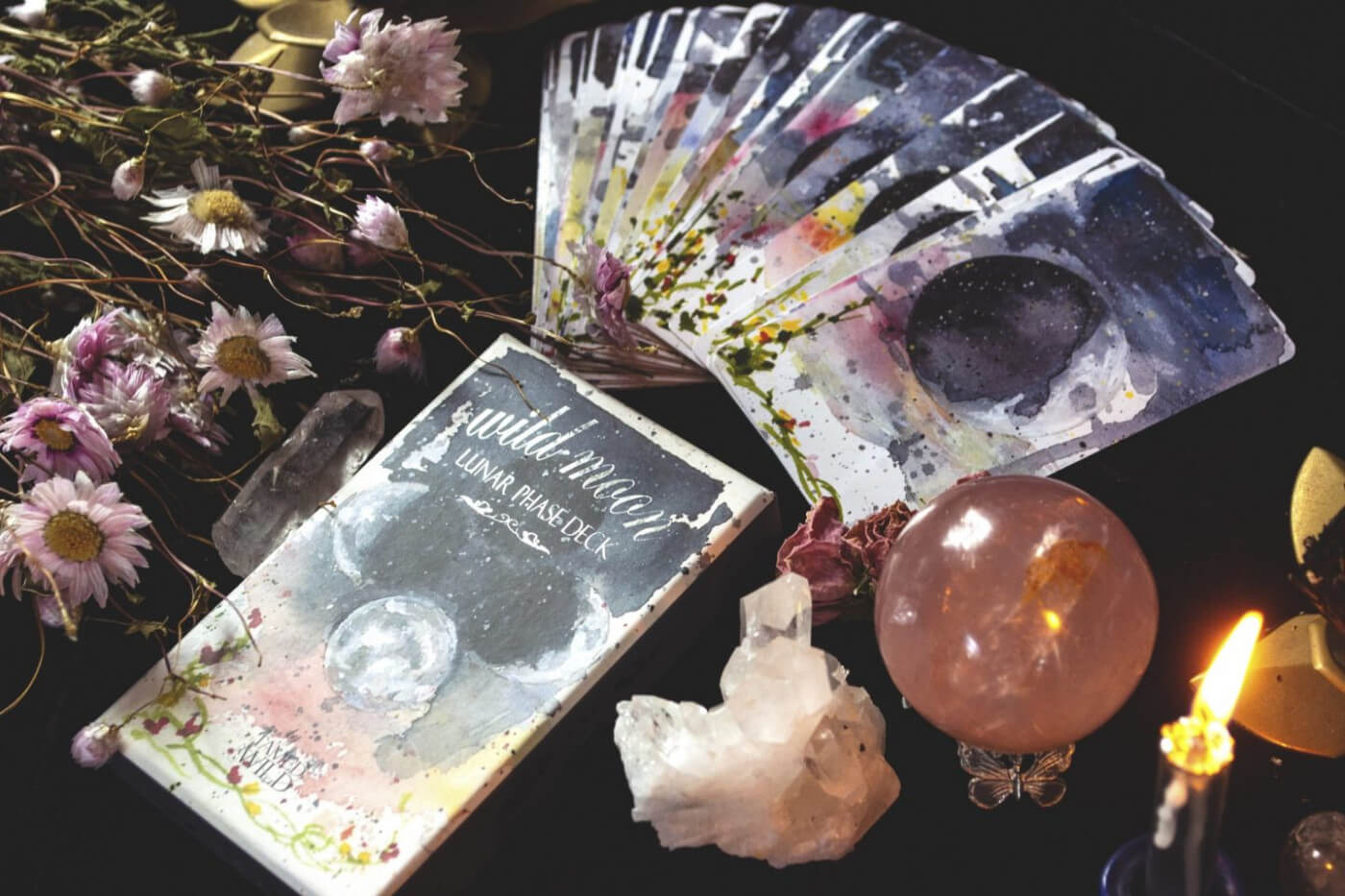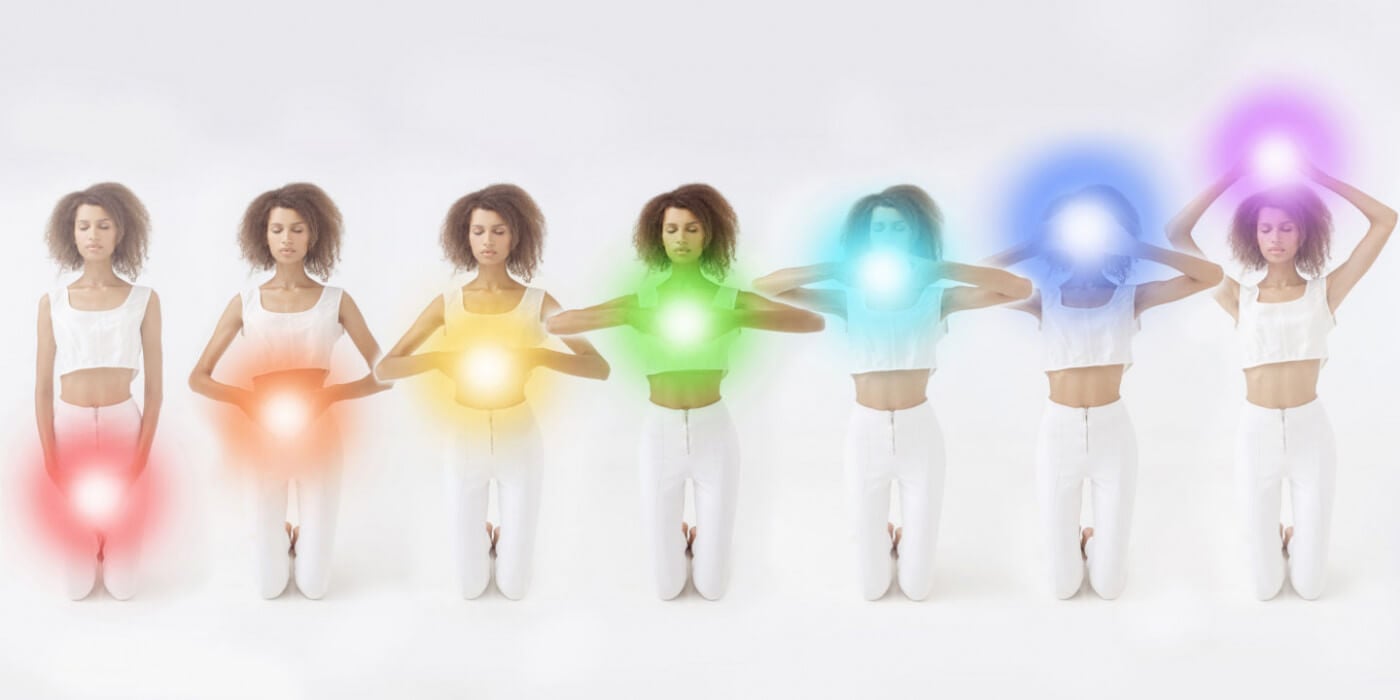Divination $ Tarot
During the month of October, the veil is especially thin. As we collectively enter the dark months, messages from the beyond begin to call to us as if fog rolling across an open field.
During this time, you may feel called to practice the art of divination. Divination can act as North Star and can bring a light to our practice as if striking a match for a long tapered candle in the deepest wood.
Maybe Tarot holds the keys to unlocking your own mythic intuition. When reading the Tarot, using a combination of understanding the symbols, and how they together, along with your own feelings of intuition is essential.
Tarot cards are said to have originated in Northern Italy between the 14th and 15th centuries. The oldest set is thought to be from 1440. These cards were created for a game that was called Tarocchi, which was popular among people of affluence. The figures that adorned the cards were said to come from the figures of the carnival.
Over the years, many have worked with Tarot to access the subconscious, communicate with the beyond, and hone their craft of divination.
These symbols come to us now archetypally, and from a range of the collective consciousness. You’ll want to find a deck that resonates with you. Whether through imagery, maker, or origin.
Decks range from traditional to experimental. Whatever you feel most drawn to will be right for you and your work.
When used for their highest good, Tarot can be a beautiful way to shift perspective and look at human experience through a different lens.
A classic Tarot deck will have Trump Cards, or Major Arcana Cards that include 21 numbered cards and 1 unnumbered card. These cards show a jrouney through archetypes and themes that occur in a story of enlightenment.
Four additional suits complete the Minor Arcana. The suit of Wands is associated with fire, the suit of Swords is associated with air, the suit of Cups is associated with water, and the suit of Pentacles is associated with earth.
These archetypes have been handed down to us over the ages.
To determine which of the Arcana cards is associated with your birth, do a little bit of math. MM+DD+YY + YY and then add up the two numbers of your total. For example: January 29, 1993, 01+29+19 + 93 = 142, 14+2=16 which equals The Tower Card.
There are also astrological and planetary associations for each card.
When reading Tarot, you will explore different layouts for cards that you can create that with different intentions will allow for different portals into the answers you seek.
A Celtic Cross or a Three Card spread are both two common ways to use Tarot.
A single card can also be a helpful daily reading practice. Through pulling a card a day, you can better become familiar with your deck and the messages that it holds.
As with many tools of divination, practice is important. Over time you will be able to glean different consistencies, understand the symbols in new ways, and become familiar with your deck.
As you learn, you can move away from handy guidebooks that come with each deck to hone in on your own intuition. What does the imagery in the cards tell you? What do you know divinely in your own bones as you gaze across the cards? Trust that you can explore these archetypes in new ways to seek new answers and perspectives.
You can even use this practice of tarot in conjunction with your Channeling or Pendulum practice as divination is not a singular entity.
There are many ways to receive messages from beyond the veil.
Blessed be.









